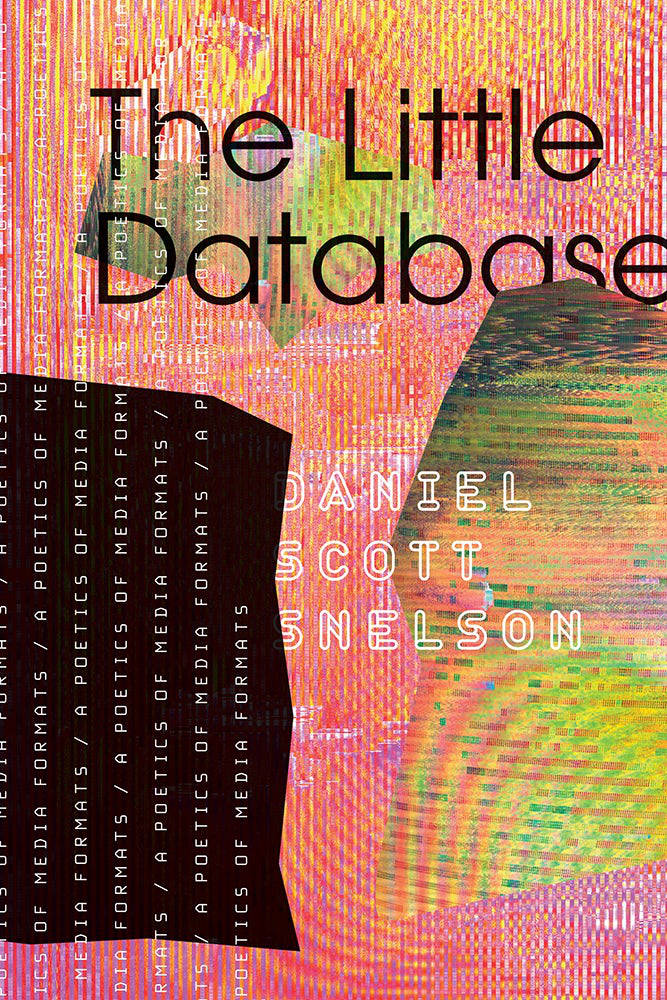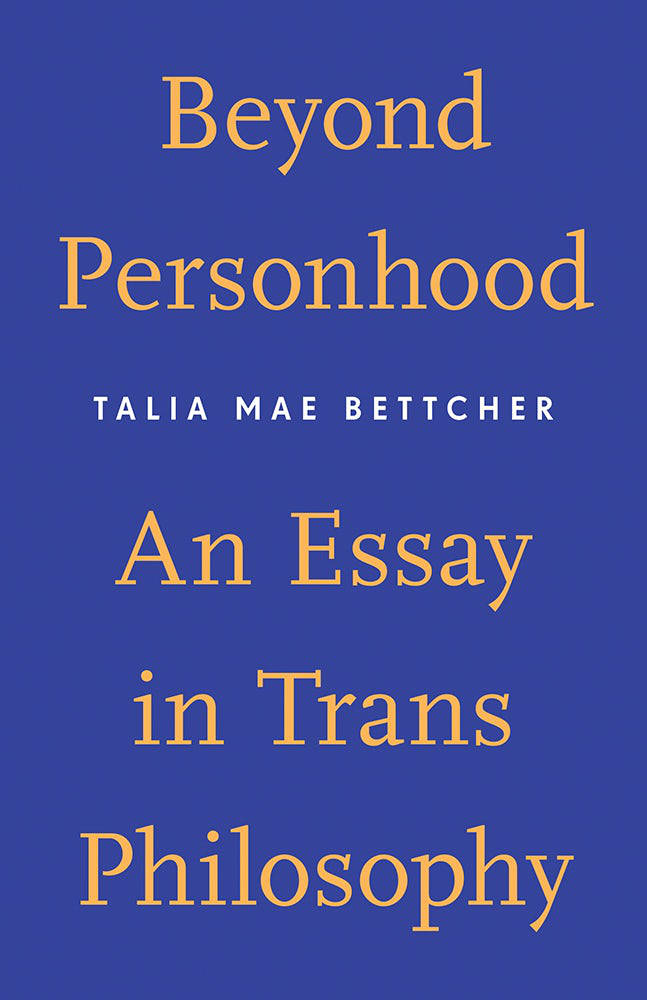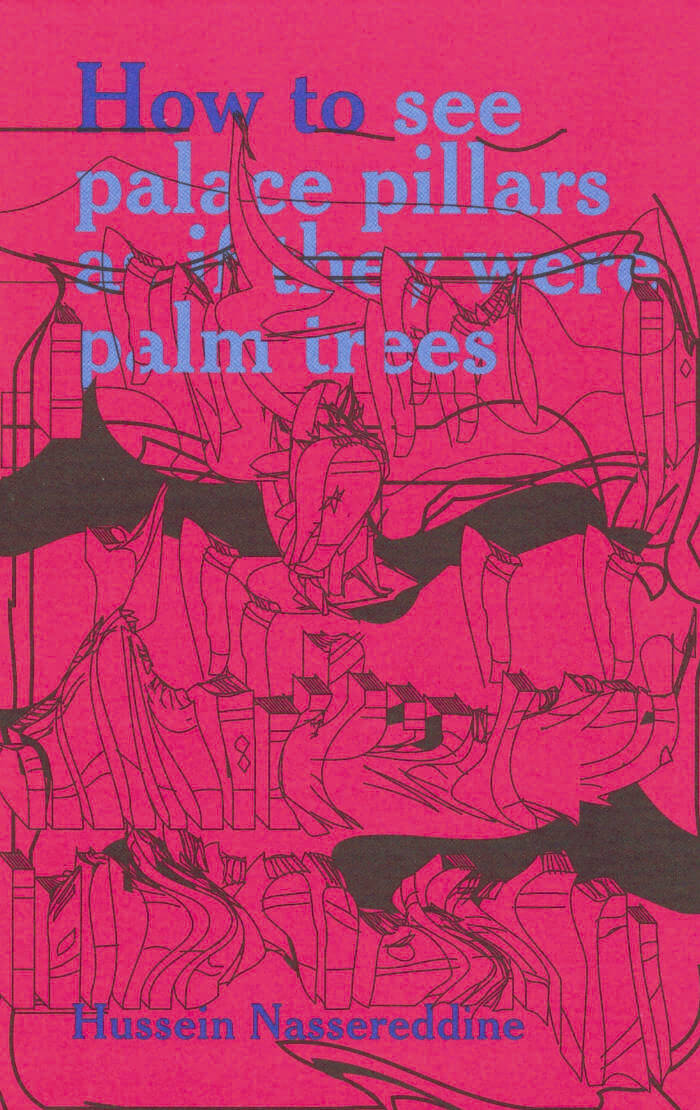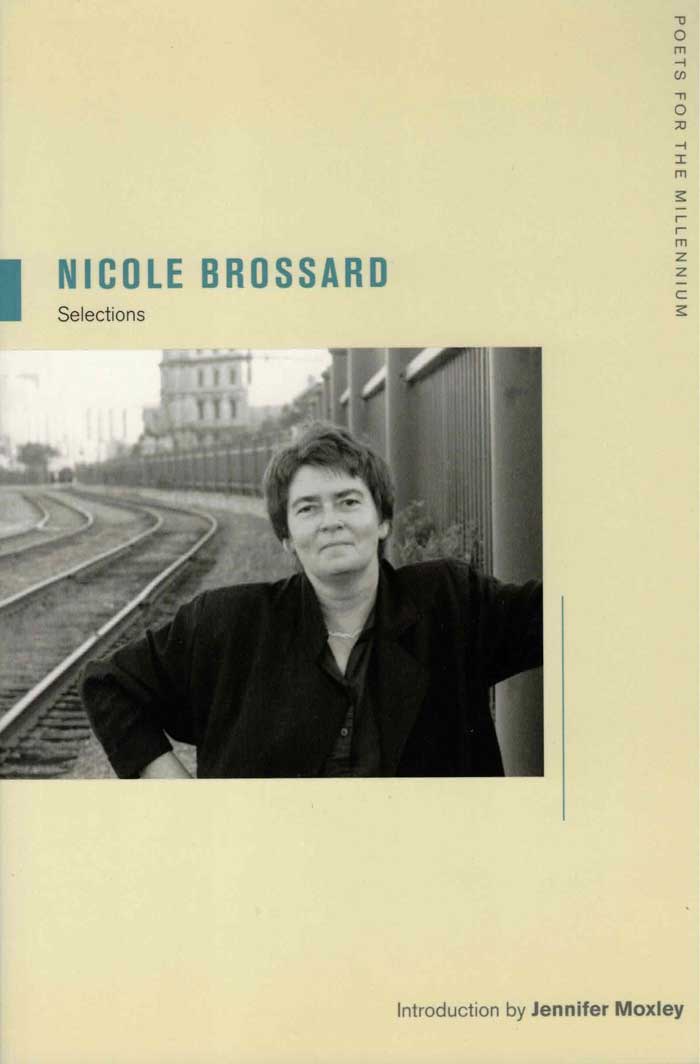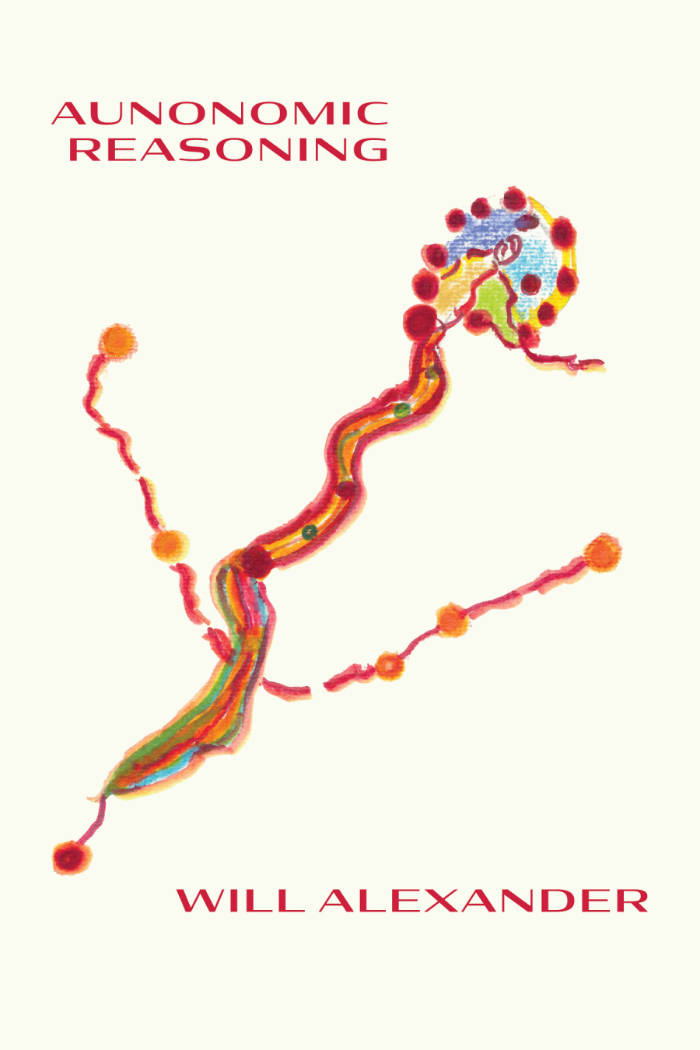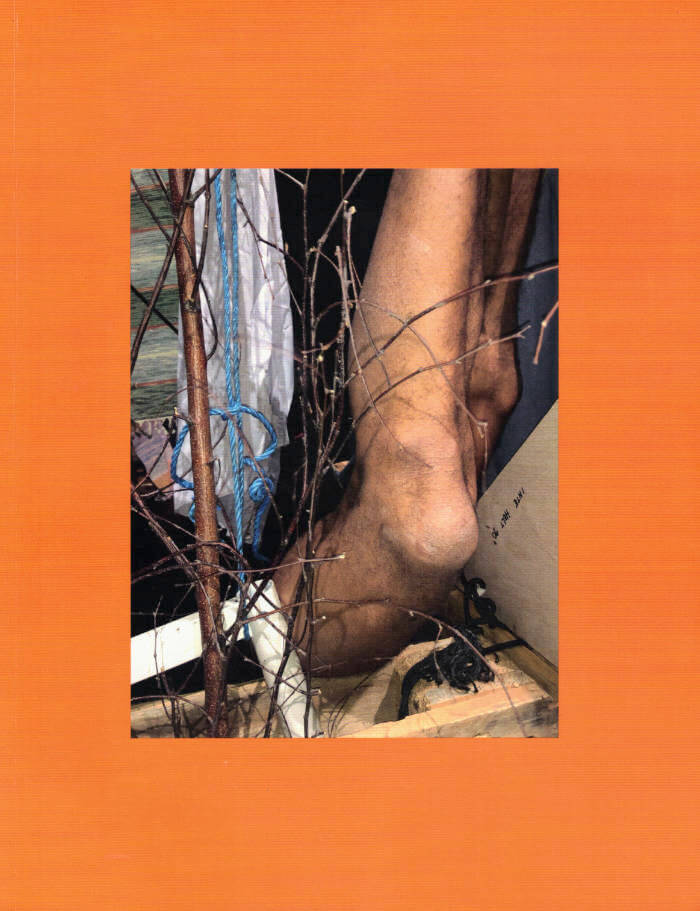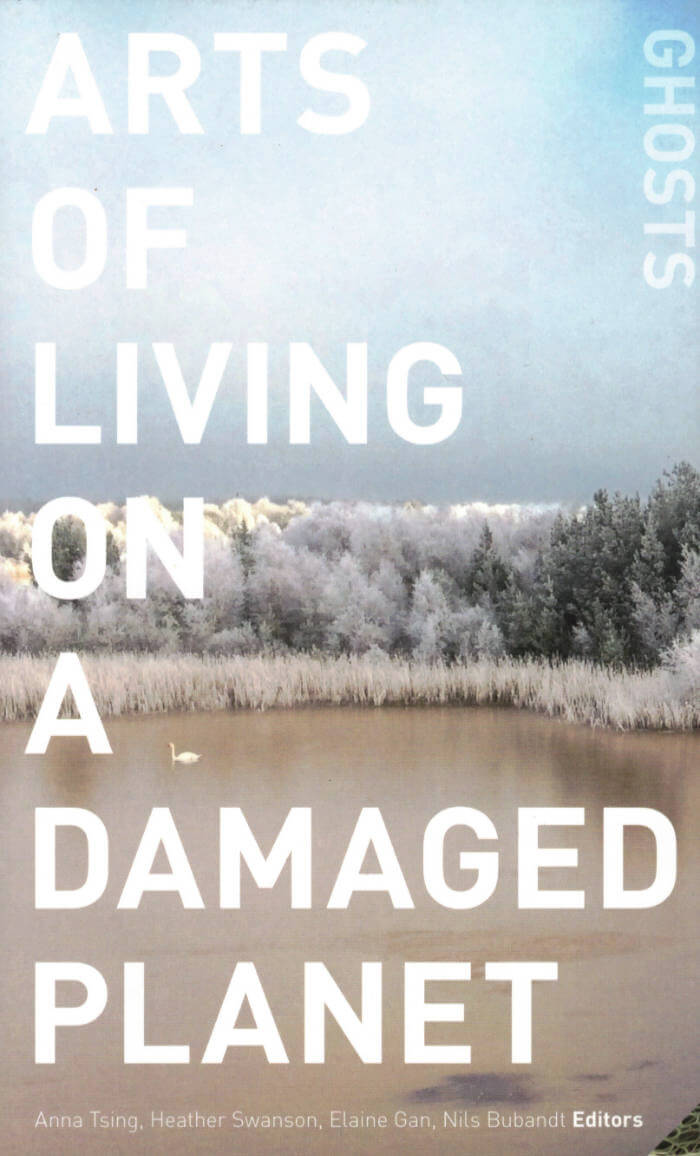
Arts of Living on a Damaged Planet: Ghosts and Monsters of the Anthropocene
Nils Bubandt ed., Elaine Gan ed., Heather Swanson ed., Anna Tsing ed.
As human-induced environmental change threatens multispecies livability, Arts of Living on a Damaged Planet puts forward a bold proposal: entangled histories, situated narratives, and thick descriptions offer urgent “arts of living.” Included are essays by scholars in anthropology, ecology, science studies, art, literature, and bioinformatics who posit critical and creative tools for collaborative survival in a more-than-human Anthropocene.
Anna Lowenhaupt Tsing is professor of anthropology at the University of California, Santa Cruz, and a Niels Bohr Professor at Aarhus University in Denmark, where she codirects Aarhus University Research on the Anthropocene (AURA).
Heather Swanson is assistant professor of anthropology at Aarhus University.
Elaine Gan is art director of AURA and postdoctoral fellow at Aarhus University.
Nils Bubandt is professor of anthropology at Aarhus University, where he codirects AURA.
